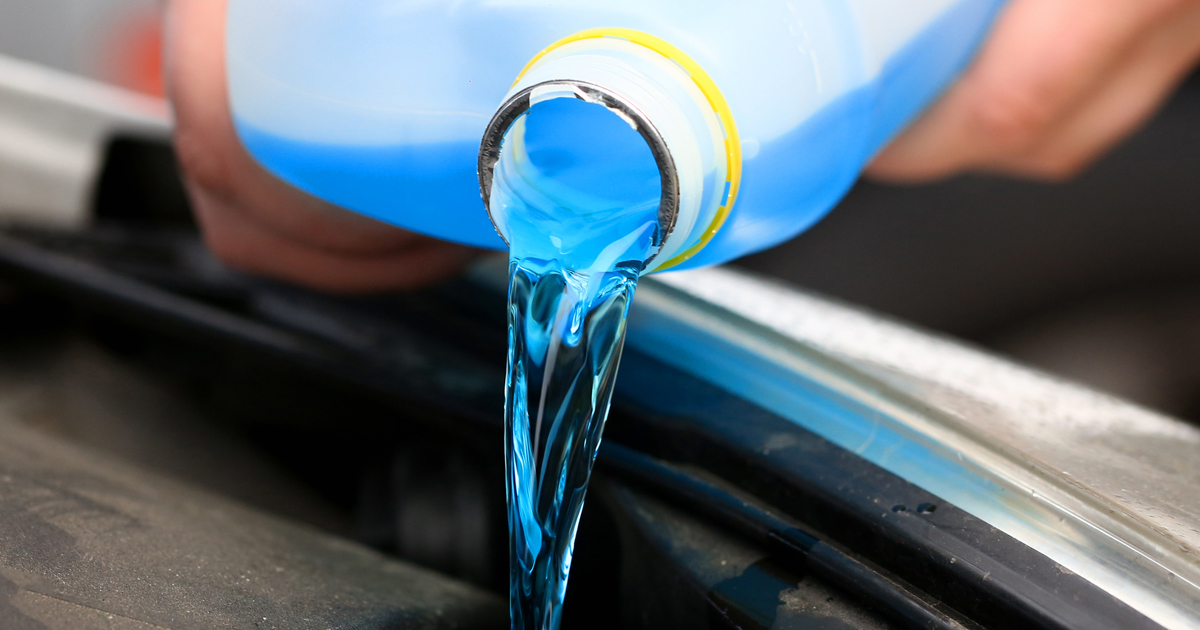Ethylene glycol (EG) is a common ingredient of antifreeze and extremely toxic to cats. It is actually the metabolites of EG (glycolic acid, glycoxylic acid and oxalate) that cause the severe metabolic acidosis, renal damage and hypocalcaemia we see as a result of EG ingestion.
Within 30 minutes to 12 hours of EG ingestion, the unmetabolised product causes signs such as vomiting, ataxia and tachycardia. As ingestion is rarely witnessed, these signs can be missed – especially if the cat is outdoors.
Between 12 and 24 hours after ingestion, cardiopulmonary signs – such as tachypnoea, pulmonary oedema, hypotension and hypertension, congestive heart failure and circulatory shock – develop, as well as renal signs, including azotaemia and oliguria. Calcium oxalate crystals may appear in the urine within three hours of EG ingestion, but not all cases will develop these. Uraemia can lead to convulsions and coma, so it is no surprise that the longer the time between ingestion and treatment, the poorer the prognosis.
Treatment consists of trying to prevent the metabolism of EG, as well as correcting any electrolyte and acid base changes, and supportive therapies – such as fluid therapy – to ensure adequate hydration, renal perfusion and diuresis.
Antidote
Ethanol is used as an antidote to EG toxicity to prevent formation of EG metabolites. The sooner the better is the general rule with this, with survival being most likely if it is administered within three to four hours of EG ingestion. Recovery is possible within three to five days, but only if treatment is provided rapidly and aggressively within a few hours of ingestion. Unfortunately, many cases are presented too late for antidotal therapy to be effective.
EG can be found in many motoring antifreeze products, such as screenwashes and de-icers, but it is also sometimes used in garden water features and ponds. In the house, snow globe decorations often contain antifreeze – something many people are unaware of.
Cats are unlikely to drink neat antifreeze, but may be exposed to it by drinking from contaminated water or from grooming it from their coat after an accidental spillage or leak.
Due to the severe consequences, prevention is better than cure – so raising awareness is key. International Cat Care produces a free-to-download waiting room poster to warn cat owners about the dangers of antifreeze. To download it, visit https://icatcare.org/shop/poster-antifreeze-warning-poster

Leave a Reply